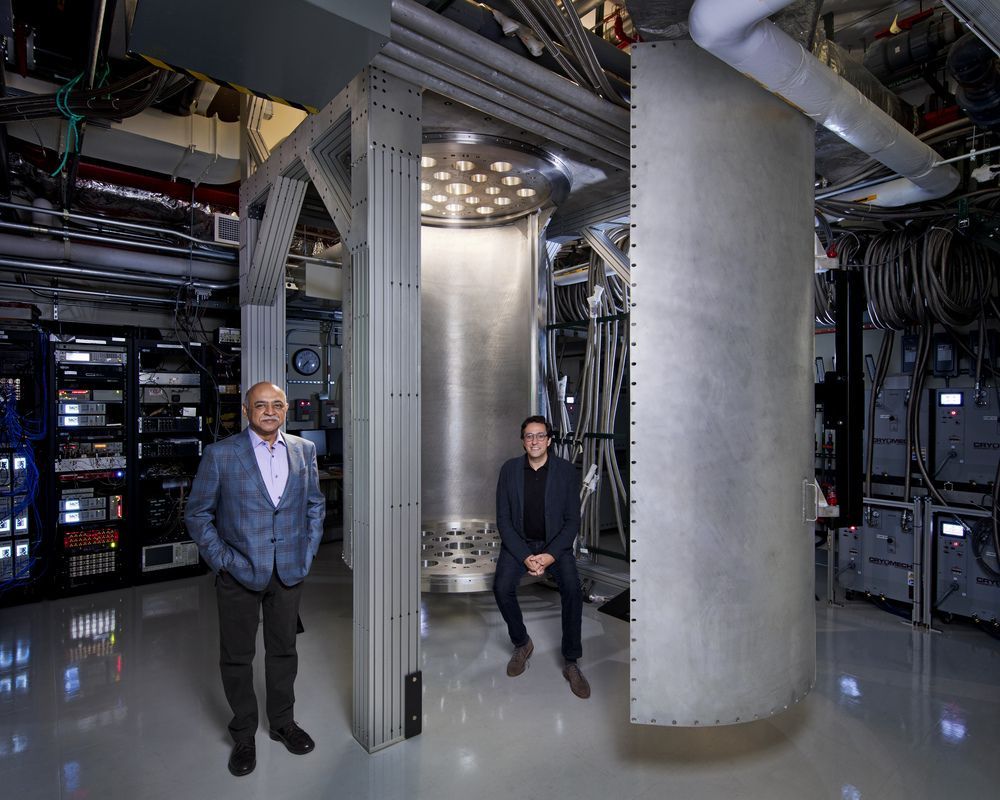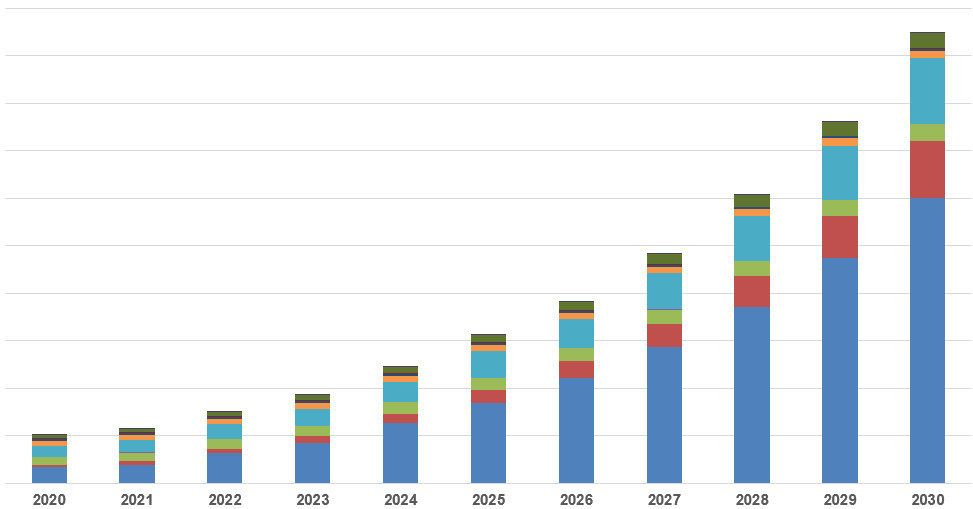Myotonic dystrophy type I is the most common type of adult-onset muscular dystrophy. People with the condition inherit repeated DNA segments that lead to the toxic buildup of repetitive RNA, the messenger that carries a gene’s recipe to the cell’s protein-making machinery. As a result, people born with myotonic dystrophy experience progressive muscle wasting and weakness and a wide variety of other debilitating symptoms.
CRISPR-Cas9 is a technique increasingly used in efforts to correct the genetic (DNA) defects that cause a variety of diseases. A few years ago, University of California San Diego School of Medicine researchers redirected the technique to instead modify RNA in a method they call RNA-targeting Cas9 (RCas9).
In a new study, publishing September 14, 2020 in Nature Biomedical Engineering, the team demonstrates that one dose of RCas9 gene therapy can chew up toxic RNA and almost completely reverse symptoms in a mouse model of myotonic dystrophy.










